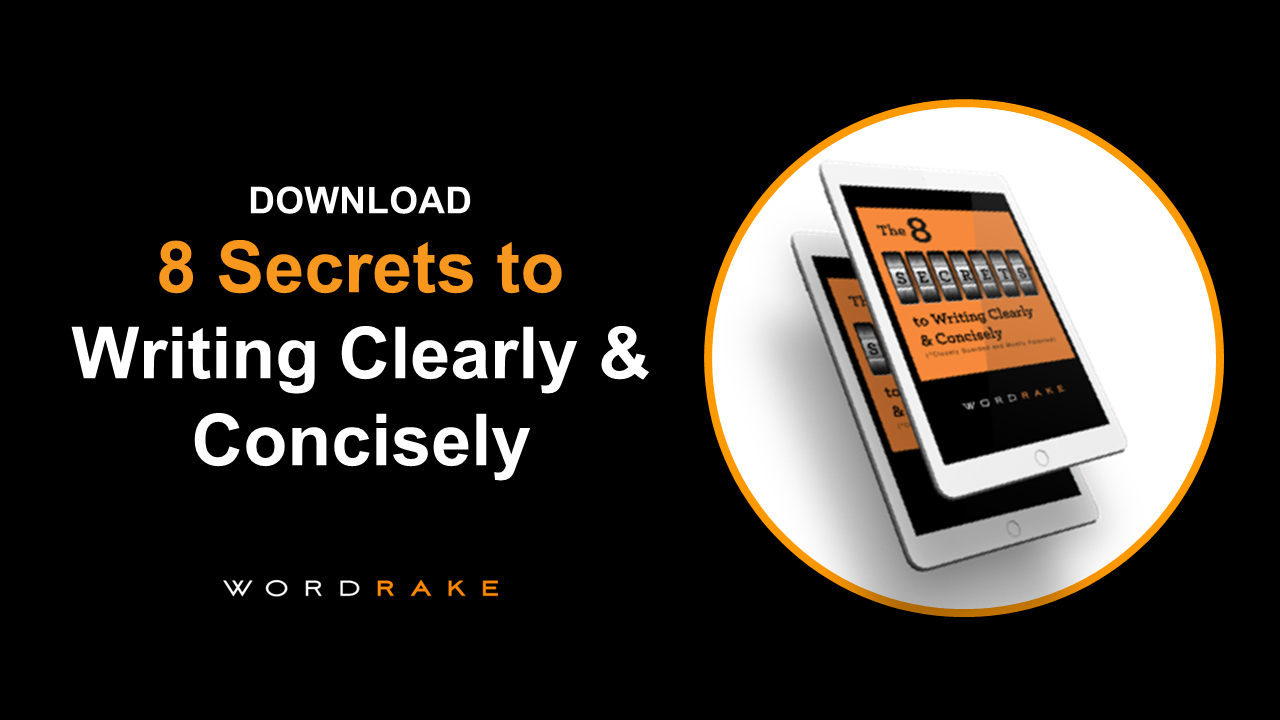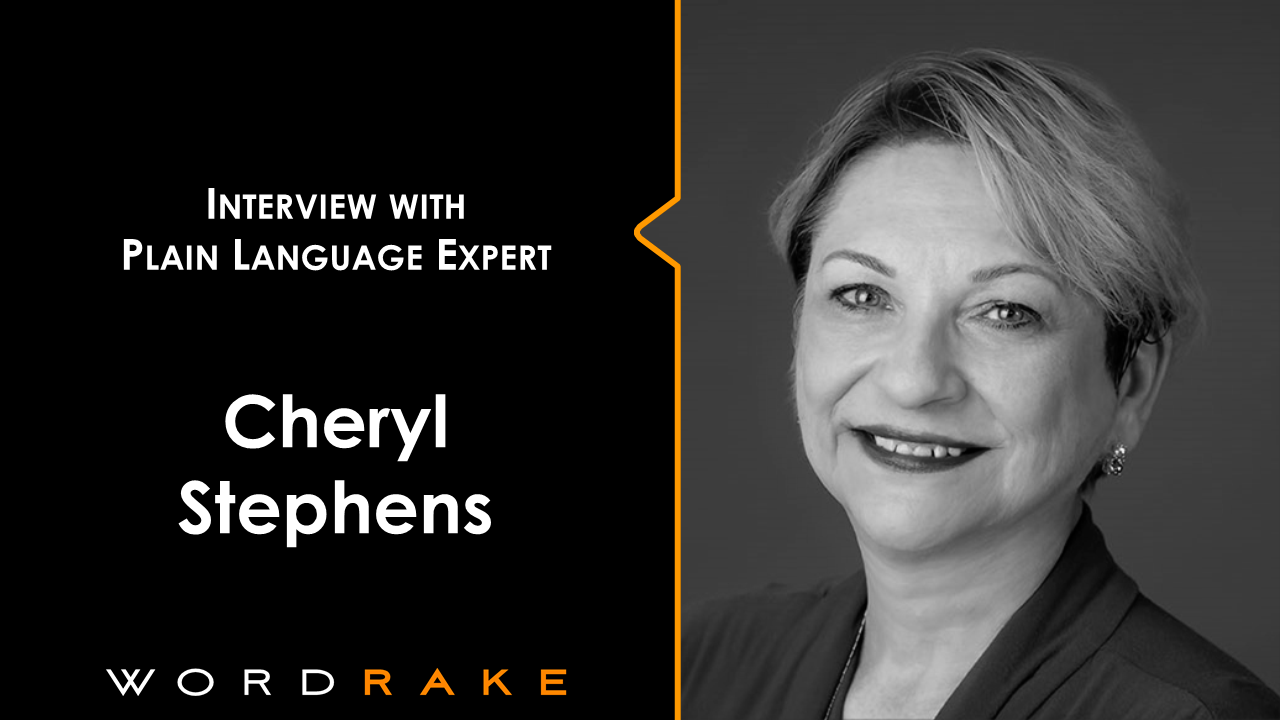It’s one thing to want to communicate clearly, but knowing how to do it is a different matter. The International Organization for Standardization (ISO) made it easier last month by releasing Plain Language standards. These standards supply a framework for governments and private entities to make their publications more accessible.
What is plain language?
Plain language is a way of writing that focuses on the needs of the person reading the text. A document that uses plain language should achieve 3 main goals:
- Make information easy for the reader to find
- Be clear so the reader can understand
- Share information in a way that is useful for the reader
The international plain language movement promotes clear and concise writing as the standard for all documents for public use. Many governments have laws requiring plain language, such as the Plain Language Act of 2010 in the U.S. Outside of legal requirements, writing to be understood just makes sense. Why bother to write something if your readers will get nothing out of it? Or won’t even try to read it?
Why do we need standards?
Standards are norms that ensure products, processes, and services are safe, effective, and serve their intended purpose. Experts in each field create standards by agreeing on how things should be done, and then writing clear definitions and instructions. These guidelines are then adopted by people and organizations to make sure they are following best practices.
What are the new plain language standards?
The newly released plain language standards are a set of norms that define what “plain language” means and how to be sure your writing meets the test. This is particularly helpful for places where laws or policies require plain language but are vague on the details.
These standards apply to more than the kinds of documents you’d typically consider, like letters, contracts, or instructions. Many other types of writing fall under ISO’s standards: error messages, signage, packaging, and any other text created to give information.
The standards are specifically built for text-based communication; however, they are also useful for anyone creating language-based content. This includes podcasts and videos, where the consumer may not need to read. Accessible vocabulary and sentence structure are still important for comprehension when words are spoken aloud.
What do the standards recommend?
ISO’s plain language standards set 4 guiding principles:
1. “Readers get what they need.”
This guideline requires writers to ask who the reader is, what their purpose is in reading the material, and what they need to do about it. If the intended readers may have low reading skills, it suggests using another method, like video. It also reminds the author that their information should be factually correct and not misleadingly phrased.
2. “Readers can easily find what they need.”
This principle is based on designing your document to make it easy to use. The most important information should come first and be easiest to find. Safety and harm reduction information fall into this category. Then structure your document in a logical way, building on what the reader already knows. If you are giving instructions in which the order of steps matter, make sure they are in chronological order.
To make things easier to find, use clear headings. Vary treatments like font, font size, bold, underline, color, or italics to show visually which information is related. The guidelines also recommend bullet points for easy skimming and for filtering unnecessary details into a bibliography or appendix.
3. “Readers can easily understand what they find.”
The standards’ third section focuses on making text understandable. Sentences and paragraphs should be clear, direct, and concise. Avoid unusual grammatical structures or those which could be interpreted in more than one way.
This section also recommends using specific, familiar, consistent vocabulary. If you need to use a technical term, define it first. Similarly, the first time you use an acronym, make its meaning clear by spelling out the full name and then showing the acronym.
Like section 2, section 3 suggests using images and other multimedia when it can aid in comprehension. It cautions against using pictures for decoration: all content should be functional and aid in meeting the reader’s needs.
4. “Readers can easily use what they find.”
Section 4 suggests that the text might be useable if it follows the guidelines, but the material should be reviewed by potential readers. Regular reviews should be conducted throughout the writing process, and regularly after publication for as long as it is in use. The standards encourage this evaluation, especially if there are significant consequences if the message is misunderstood.
What languages are the standards meant for?
ISO has 3 official languages, English, French, and Russian, but the plain language standards were developed to be language-neutral. This means that they can be used in any language. Rather than giving specific instructions on things like word length, for example, it focuses on using common vocabulary and culturally relevant wording. Local standards organizations can then add specifics.
How were these standards developed?
The international plain language movement has been developing these standards since 2007. They were created by a group of 50 experts from 16 countries. For more than a decade, these international scholars worked together to create a definition and instructions for plain language that could be applied universally.
Who is ISO?
The International Organization for Standardization (ISO) is an association of national standards groups, united to create best practices and measurement benchmarks for professionals and leaders across the globe. Founded in 1946, ISO members are each country’s standards body. Currently, ISO includes 168 nations. The central secretariat is in Geneva, Switzerland.
How can I read the new standards?
You can read the abstract, definitions, and outline of the standards here. To finance the creation and maintenance of standards, ISO sells full versions of their documents in both digital and paper form. To buy a copy of the plain language standards, visit the ISO website or contact your nation’s standards body. You can also learn about the ISO standards and how to implement them in training courses from international plain language expert Cheryl Stephens. If you want to reproduce segments of the standard yourself, buy one and get copyright permission from your national standards body.
Using WordRake for Plain Language
WordRake’s simplicity mode was created specifically to help professionals follow plain language requirements. Start a free 7-day trial today and let WordRake help you clarify and transform your writing.
About the Author
Kate Callahan is a Marketing Specialist for WordRake. Before her passion for learning and writing led her to join the team in 2023, she worked in non-traditional education, content creation, and translation. She started her career by teaching ESL to elementary school students in Japan. You can follow her on Twitter @KateC_Writing or connect on LinkedIn.









